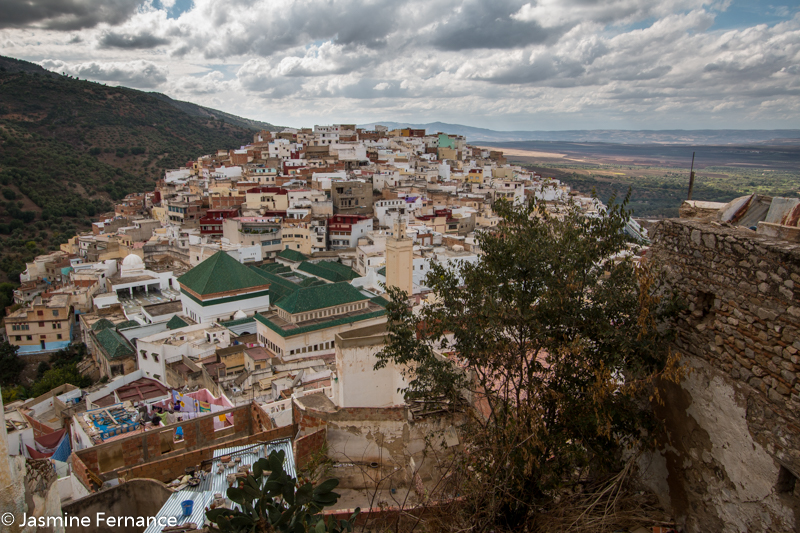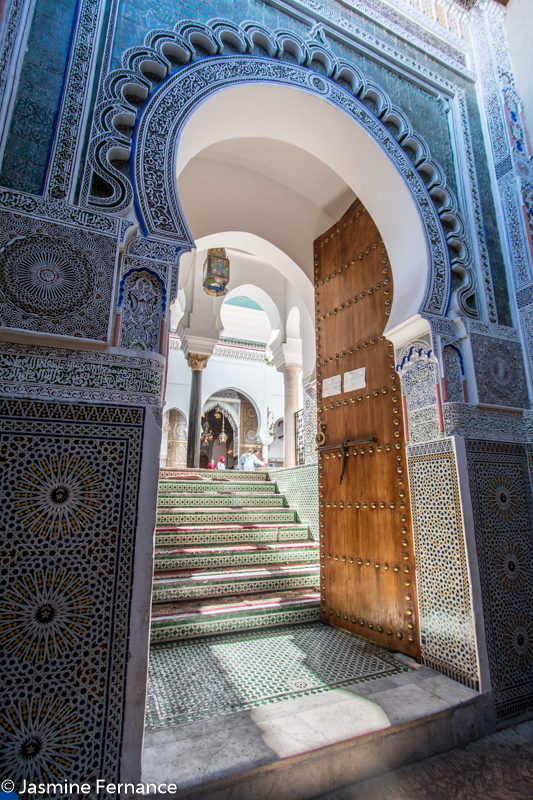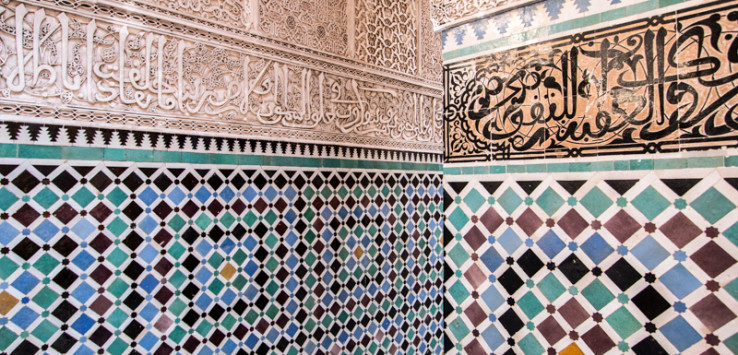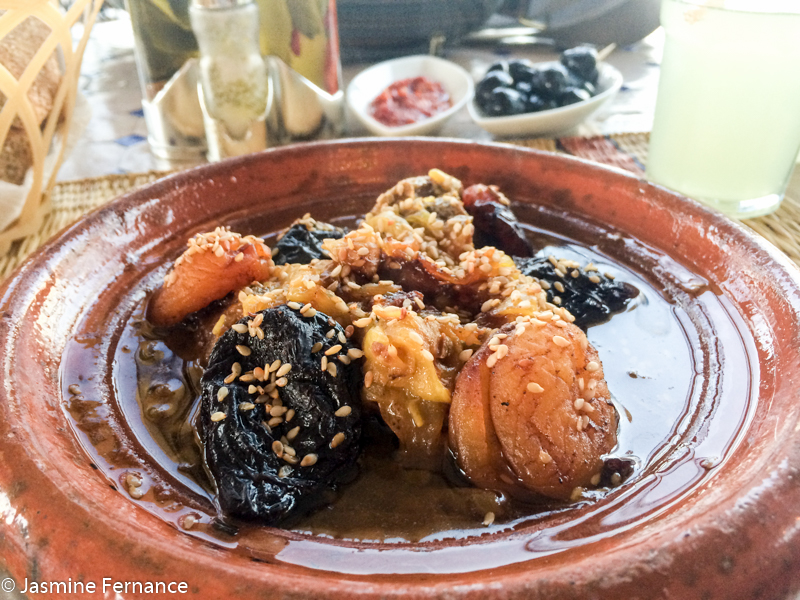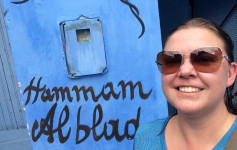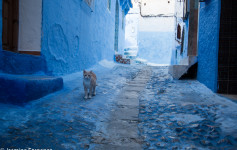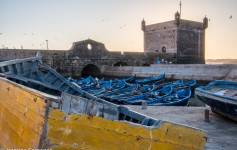As the saying goes; ‘pride goeth before a fall’. Well pride definitely didn’t serve me well in Fes, for it was my pride that stopped me from seeing what many say is the highlight of the medina, the leather tanning pits. Though maybe it wasn’t technically pride. Maybe I was just a little tired by then of people constantly asking me to see their shop, or if I needed directions. I decided that with my map I would find the tanning pits myself. How hard could it be?
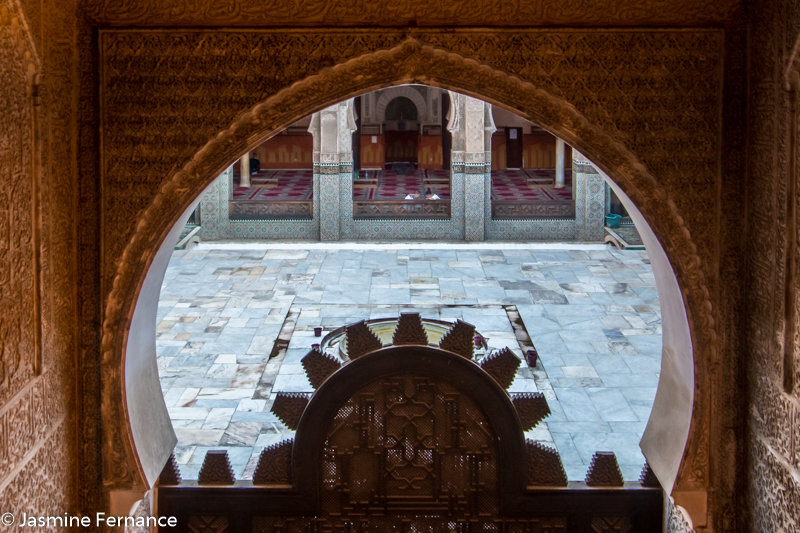
Fes
The Imperial cities of Morocco are the four historical capital cities of Fes, Meknes, Rabat and Marrakech. Fes is the oldest, founded in the 9th century and now a UNESCO World Heritage Site. How hard is it to navigate the medina? Well, it has over 9,000 tiny, winding streets, and tourists commonly get lost in there, so it’s pretty hard. I was determined though that I could find the tanneries myself and so I stubbornly ignored every offer from every local to help me locate them. Hence I never saw them. Only myself to blame.
There is plenty else to see in Fes though, and I enjoyed 3 days visiting museums, medersa’s and eating more incredible Moroccan food.
Medersa el-Attarine
Built in 1325, the central courtyard has beautiful traditional tilework, carved plaster and cedar wood.
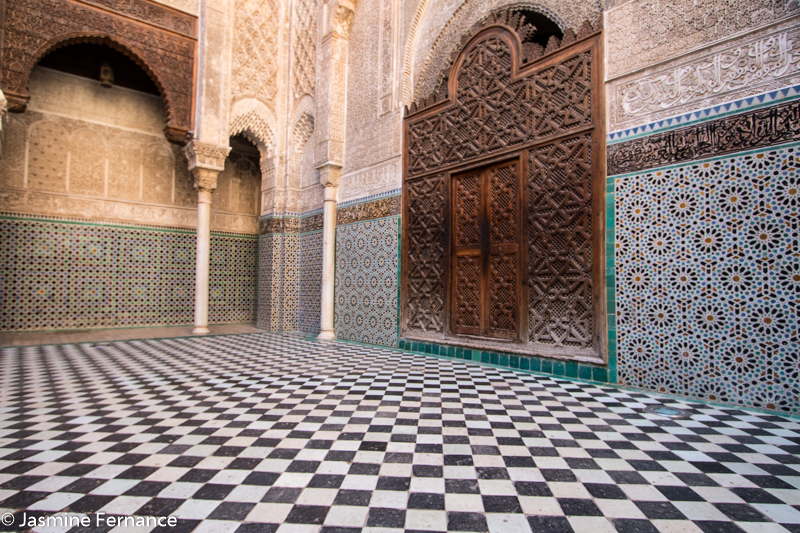
Medersa Bou Inania
Built in 1356 this is still a working Medersa and one of the few religious places open to non-Islamic visitors. It was a pleasure to listen to the girls chanting and watch the men in their white robes praying in the peaceful and serene interior.
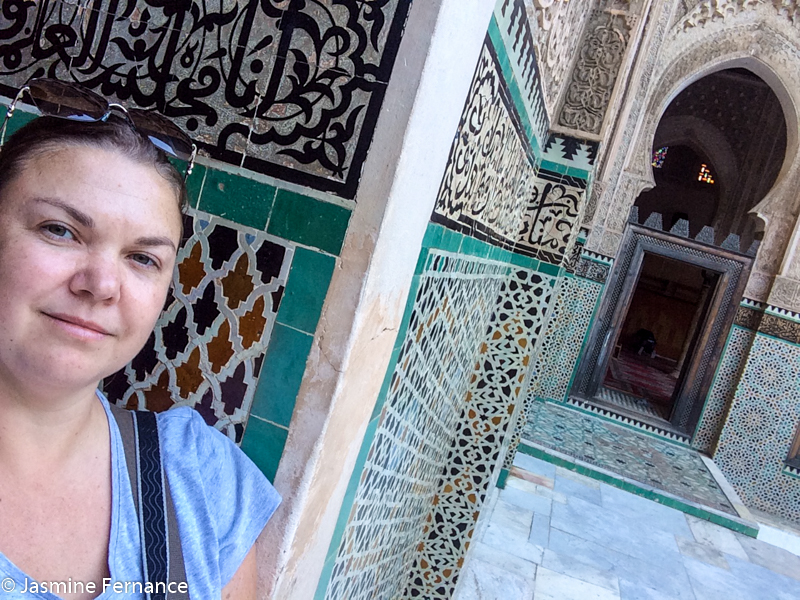
Nejjarine Museum
This museum is a restored funduq, where traveling merchants used to sleep on the upper floors and store their goods below. It’s filled with traditional artefacts and the building is stunning, though no photos of the artefacts are allowed.
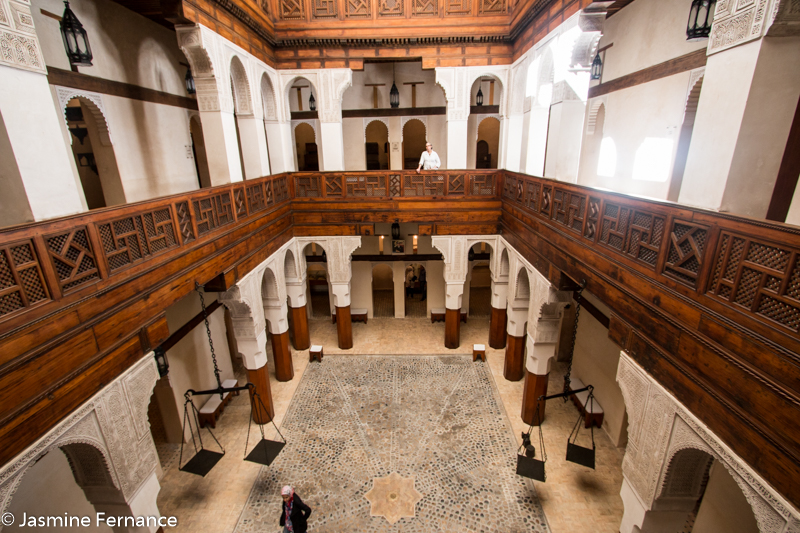
Fes fountains
There are about 60 fountains in the Fes Medina, most of them beautifully decorated with intricate tilework. It was wonderful to wander aimlessly and suddenly come across one of these when you least expect it.
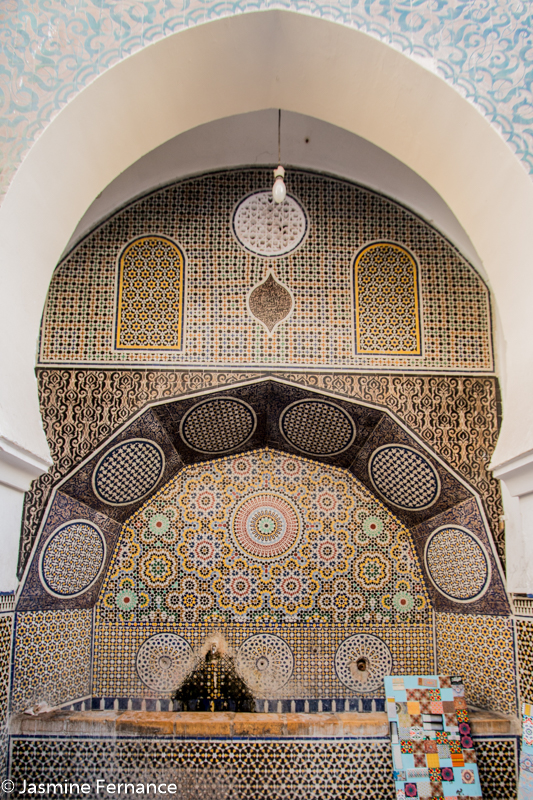
Where to eat
Ruined Garden – a serene sanctuary away from the hustle and bustle of the crazy medina
Café Clock – ate here twice, once to try the camel burger (surprisingly good) and also the amazing tagines with apricots and prunes. Yum!
Meknes
I arrived in Meknes on a train from Marrakech. I shared the train compartment with a young Moroccan couple and their toddler Yasmin, who were so friendly towards me despite our language barrier, and even shared their food with me. As we approached the city we could see the lightning in the distance as a thunderstorm passed over.
Meknes, founded in the 17th century, is another UNESCO World Heritage Listed City, with the medina starting to show some of the UNESCO funding being used towards restoring the roofs through the medina, keeping much of the rain off me as I made my way through the twisting streets in search of my hostel. The guy at the hostel pointed me in the direction of somewhere to eat, and the owner of the restaurant then pointed me in the direction of an unofficial local Berber guide to take me on a walking tour the next day.
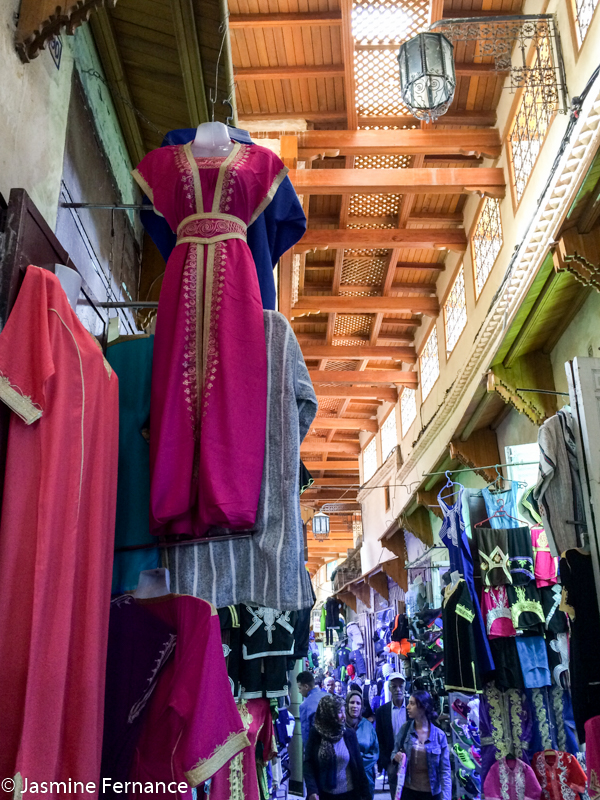
The walking tour was as expected, with some interesting information about the history of the city, how to recognise the entrance to a mosque (not as easy as I thought, and more mosques than I expected) and other interesting facts, interspersed with visits to shops to try and get me to buy spices, metalwork and Moroccan carpets. I’m not easily persuaded when it comes to shopping, as not much can fit in my backpack, but I did give in at the metal and silverwork shop and buy a handmade bangle and earring set.
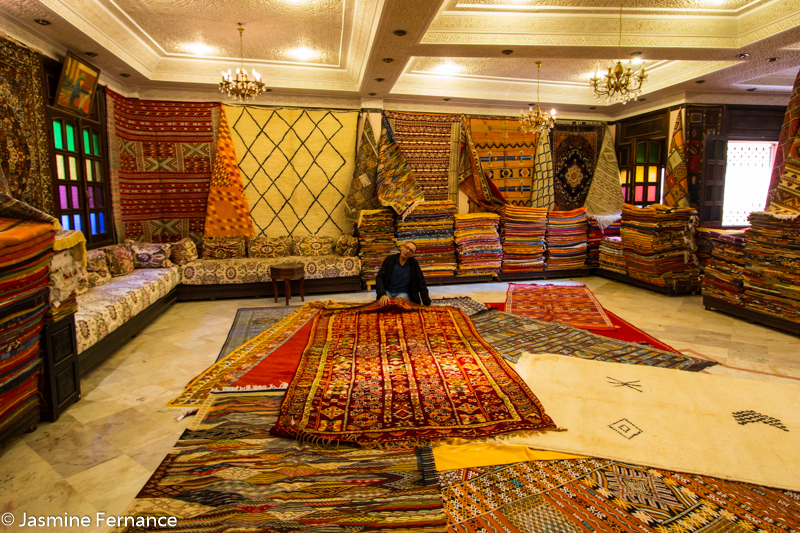
One of my favourite things to do in most cities and town is visit the local markets. Not the handicraft markets (if there is one) but the markets where the locals buy their produce. The Meknes market is by far one of my favourites. From the typical fresh fruit and veges, to an aisle filled with local fresh sweets (being swarmed by bees….eek!) and of course the butchers aisle which had full severed cows heads on display. Not for the weak stomached, and I certainly didn’t feel like beef for lunch that day!
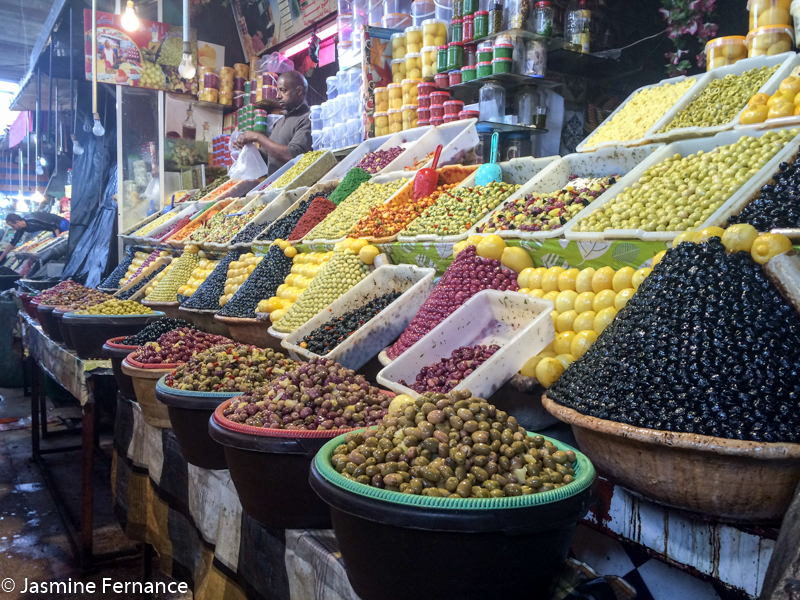
A day trip to Volubilis
No trip to Meknes is complete without a visit to the nearby Roman ruins of Volubilis. The Romans Empire was so far wide and spread that traces are still left here all the way in Morocco, and this is the best preserved archaeological site in the country, and is UNESCO World Heritage listed.
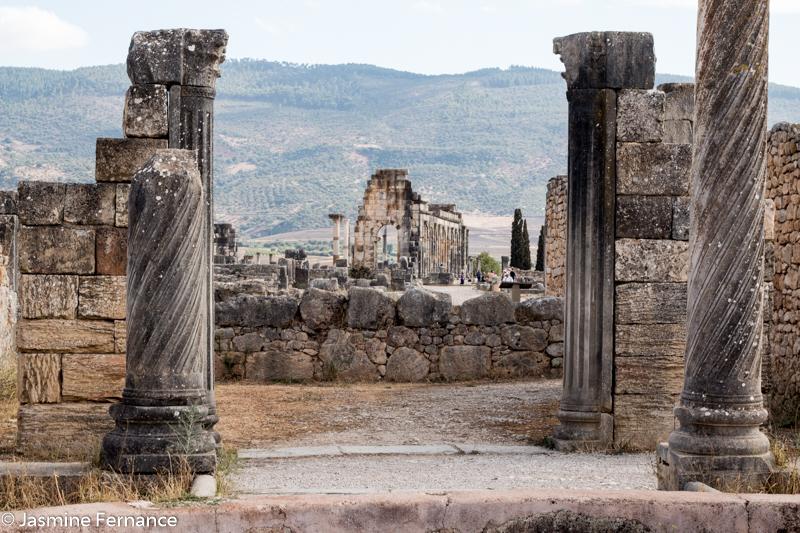
The most amazing aspect of this site are the beautifully preserved mosaics depicting the lives of various Roman gods and goddesses. It’s a large site and so I agreed to a guided tour on arrival, and the guide was able to show me where the best preserved mosaics were and also explained details of the remains of the houses, including the olive presses that were used at the time.

A day trip to Volubilis should be combined with a visit to the town of Moulay Idriss, one of the countries most important pilgrimage sites. The town is named after the great grandson of the Prophet Mohammed, who fled Mecca in the 8th century and settled in Volubilis. His tomb is located in the centre of town, though non-Muslims cannot enter the tomb complex. It’s a gorgeous white-washed town and well worth the visit.
